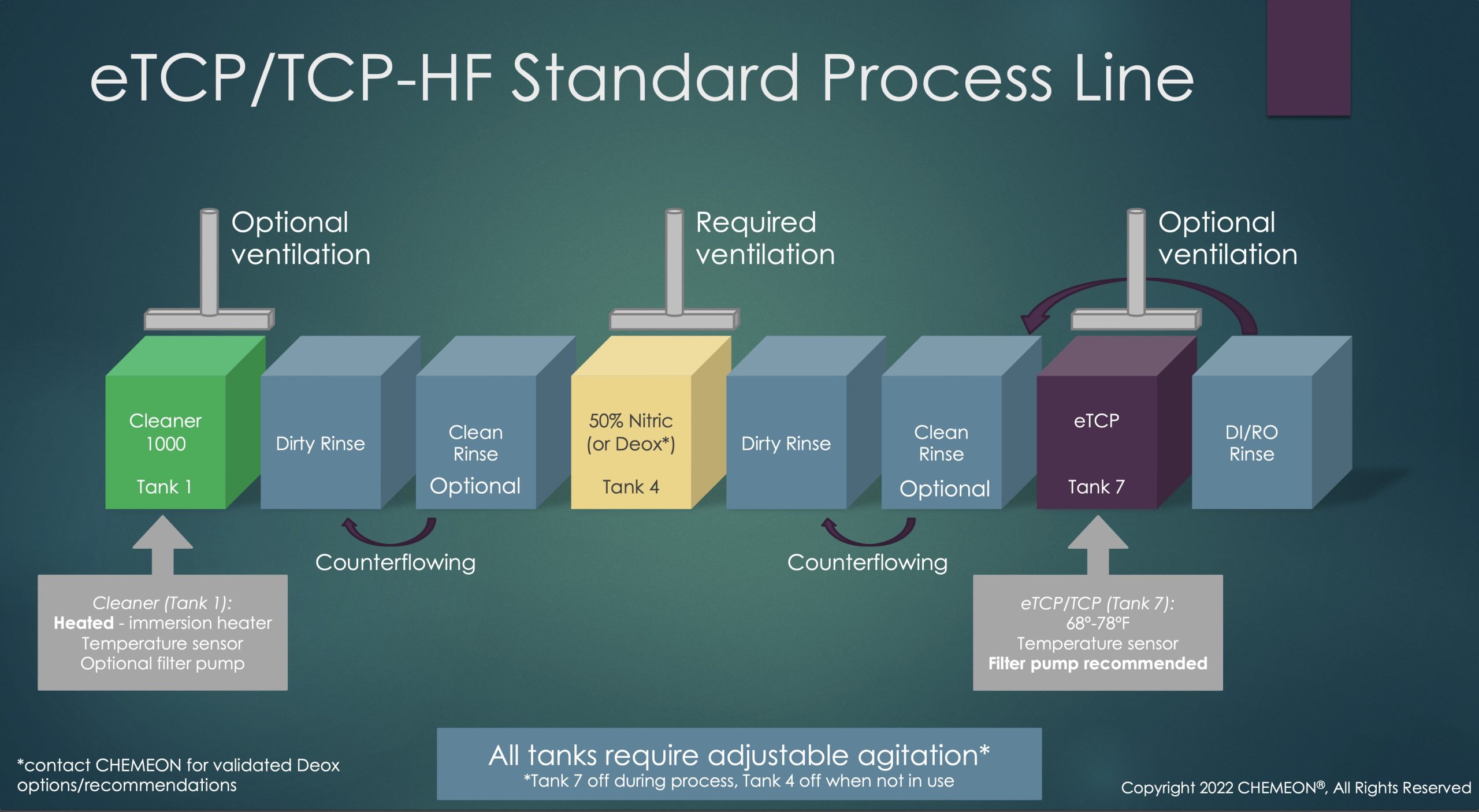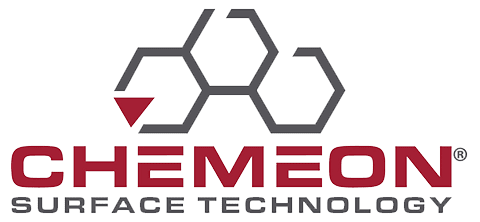TCP-HF®
The original, MIL-DTL approved clear trivalent suite of chemistries.
We have multiple products for both Chromate Conversion and Anodizing Chemistry. Variations include spray, powder, pen, cleaners, dyes, deoxidizers and more.

CHEMEON TCP-HF (Hexavalent Free) is recognized as the legacy, clear finish trivalent chromium conversion coating, chemfilm and anodic seal solution. Born from U.S. Naval innovation, CHEMEON’s Dr. Sjon Westre was first to commercialize and scale its production. Replacing the known carcinogen hexavalent chromium with a safer, high-performance alternative, TCP-HF meets MIL-DTL-81706B, MIL-DTL-5541F Type II, TT-C-490 Type VI and ASTM B921 standards while delivering exceptional corrosion resistance and adhesion on light metals.
CHEMEON’s suite of TCP-HF products retain electrical conductivity and are REACH, RoHS, WEEE and ELV compliant.

Download Chemeon TCP-HF as Anodic Seal Fact Sheet

